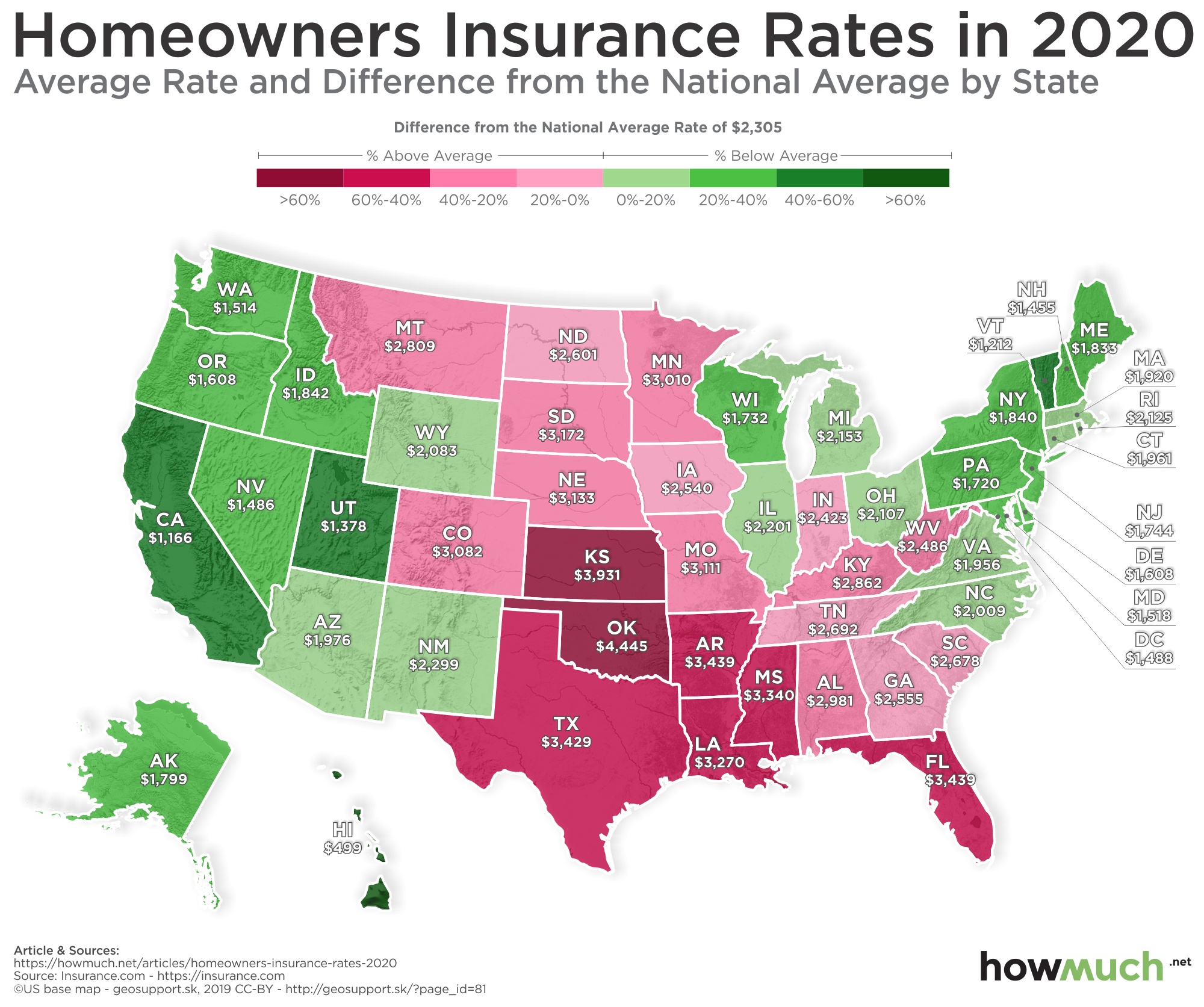
It is important to fully understand the process before purchasing pet insurance. The basic idea behind pet insurance is that you have to pay a deductible. These deductibles can be annual or per-condition and must always be met. Some companies, however, have a "per-condition deductible." You will need to pay a new deductible each time your pet gets a new condition.
Pre-existing condition coverage is not available for pets
Some medical conditions, such as certain types of cancer, may not be covered by pet insurance. These conditions may not be curable. If a pet is diagnosed, it is likely that they will need to continue receiving medical care for the rest their lives. These illnesses may not be covered by pet insurance, but payment assistance can help you to pay for them.
Certain pet insurance plans will cover pre-existing conditions. They do not cover future conditions. It is important to compare coverage options so you can get the most comprehensive coverage. Additionally, it's a good idea for pets to have pet insurance before they become sick.

Annual deductibles
When shopping for pet insurance, it is important that you understand your deductible. These amounts vary from company to company, and you should consider the deductible amount that is right for your particular situation. Annual deductibles can range from $50 to $1,000. You may be able to select a zero-deductible option with some companies, which allows you to only pay the monthly premium.
An annual deductible is an amount that you must pay each year to receive reimbursement for your pet's health bills. To give an example, if your pet has a $500 annual deductible, you'll need to pay it out of pocket each year before the insurance provider reimburses you. Although this may seem like a large sum, the annual deductible is usually less costly than per-incident deductibles.
Rates for reimbursement
Know how reimbursement rates work before you purchase pet insurance. These rates are calculated based on how much your pet insurance covers. Two methods can be used to calculate reimbursements. One uses a predeductible system, the other uses postdeductible.
Most pet insurance policies will not cover all veterinary costs. The cost of the pet's medical treatment is your responsibility, and your coverage is based on the reimbursement rate. Depending on the type of plan, you may be responsible for as much as 10% to 30% of the bill. You could be responsible for hundreds of dollars in bills if you don't have pet insurance.

Limitations on coverage
It's important that you understand the limitations and exclusions of certain types coverage when looking for pet insurance. Most policies have an annual maximum amount that you can pay. Once this limit is reached, your pet may not be covered for future costs. Some companies, however, offer "unlimited" plans, which do not have any annual limit.
It is possible for pets to have varying levels of coverage depending on their age and personalities. A more active and younger pet is likely to be more susceptible to accidents than a more elderly pet. Senior pets could also be at higher risk of certain health conditions like cognitive decline or cataracts. Another consideration is your pet's breed, as some breeds are predisposed to certain illnesses.